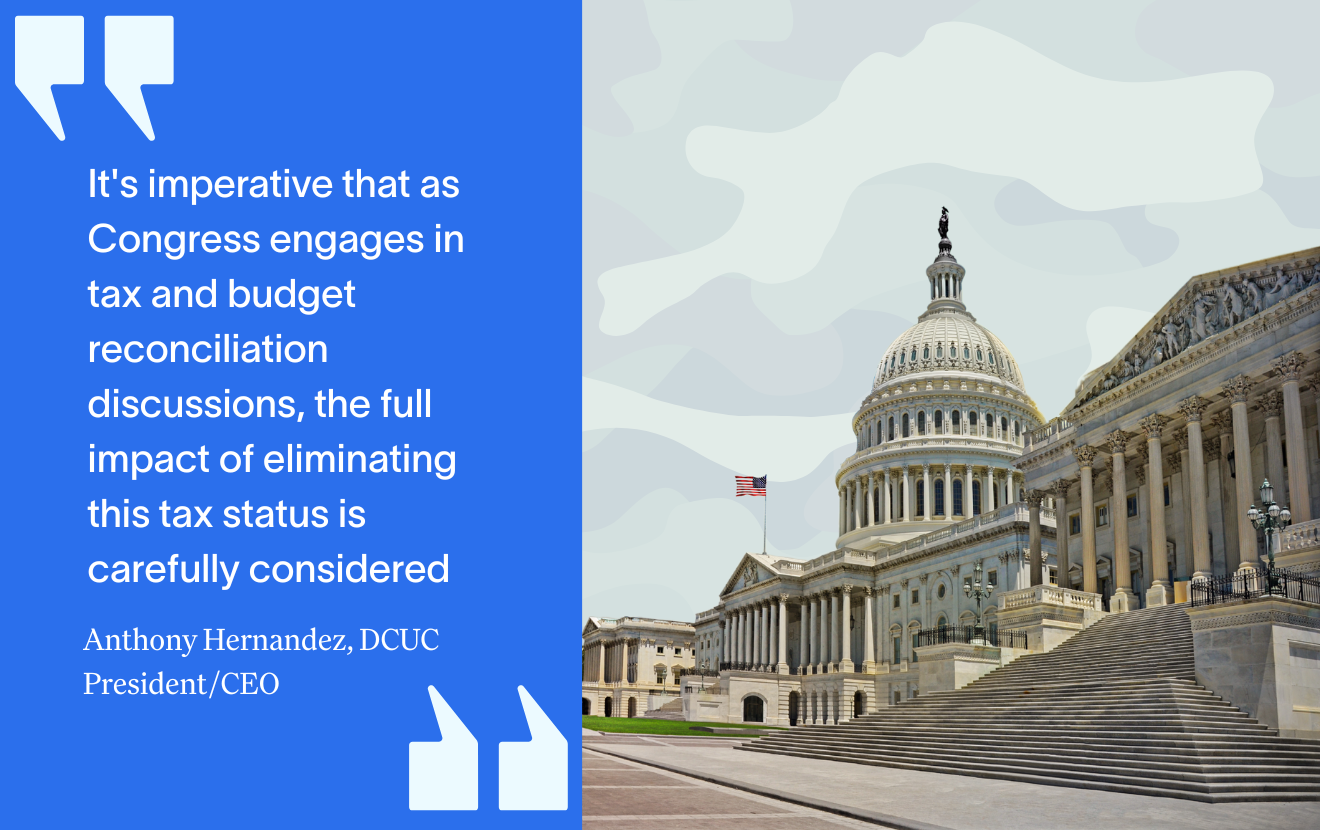We’ve all heard about the “mini branch” concept and have discussed it ad nauseam. There have also been an insurmountable number of articles, blogs and tweets about the “future of branching.”
The latest innovation being rolled out by PNC Bank is the tellerless e-branch. In the tellerless branch, technology is replacing human interaction.
According to an article in the Pittsburgh Post-Gazette, “A recent survey by thePew Research Centerfound 51 percent of U.S. adults bank online, while 32 percent conduct transactions with acell phone, up from 18 percent two years ago.”
What’s interesting according to the article is that despite this trend, "We still want to have locations for when customers want to talk about an investment opportunity orcar loan, or open a bank account, which many prefer to do in person”, said Todd Barnhart, head ofbranch bankingfor PNC.
Barnhart says, "We still want to have that physical presence.”
The argument is that the tellerless model will leave behind certain demographic groups, mostly the elderly and those that are “technophobic.” Time and time again there is resounding outcry around which group will be disenfranchised in any given branching scenario.
Why does it have to be a one-size-fits-all model? Why does the emergence of a new branching prototype mean the extinction of another? And, isn’t it really all about your credit union’s unique demographics and member-base?
In the article, it is stated that “customer response will determine how quickly PNC expands the e-branch concept.”
Exactly. It is all about your customers AKA (also known as) your members.
It depends upon your member’s geographic, economic and socioeconomic status. This can include less tangible characteristics, such as living in a community that still prefers to do most of its business face-to-face even if the majority of people have access to technology.
It’s about customer preference.
Like all businesses, credit unions need to keep this in mind before making any branching decisions and why strategic branch planning is critical – especially the market analysis component.
Know your members.
With a solid branch strategy in place, you will have your finger on the pulse of your members and be able to engage them in the way that wins their hearts, minds and loyalty regardless of the latest “branch of the future” fad.







